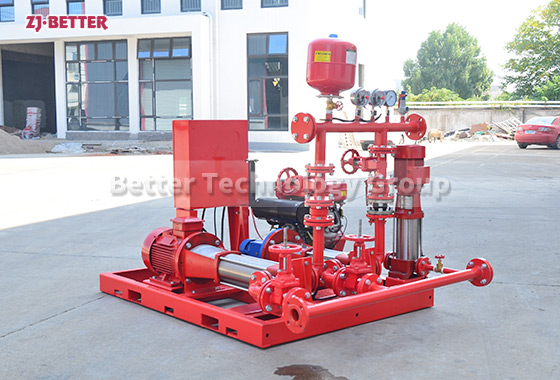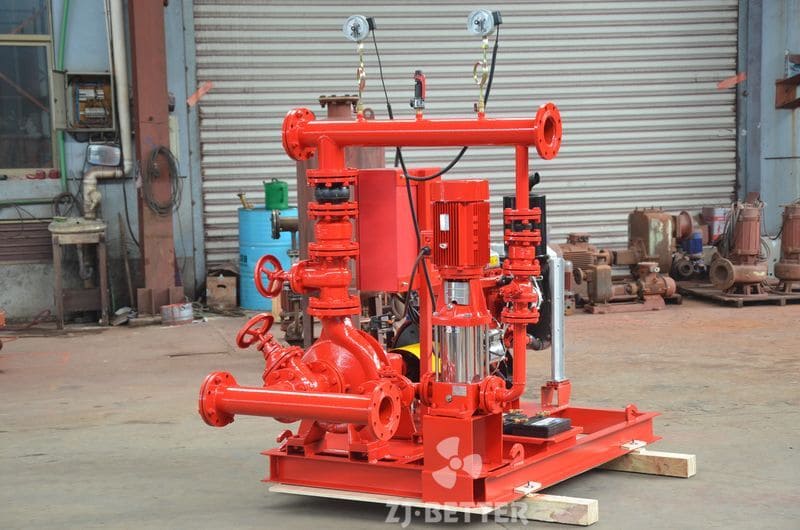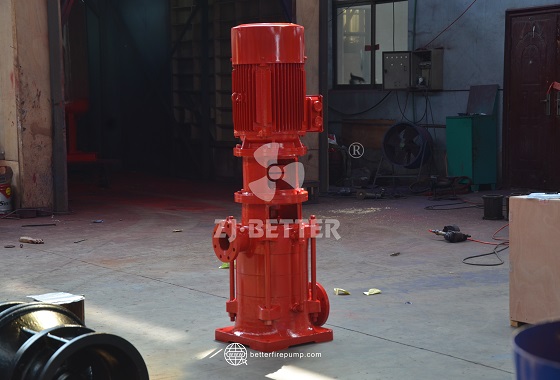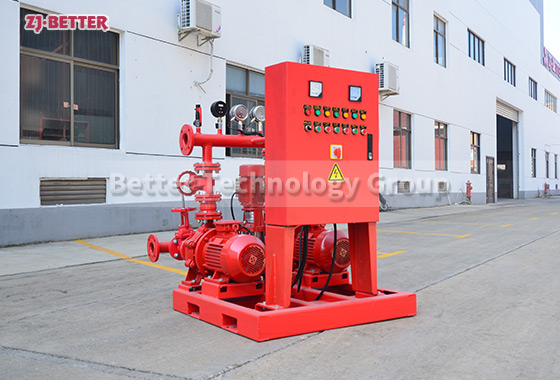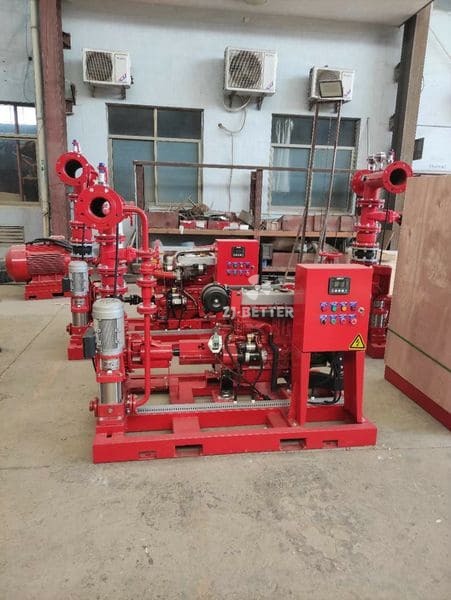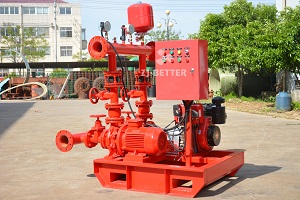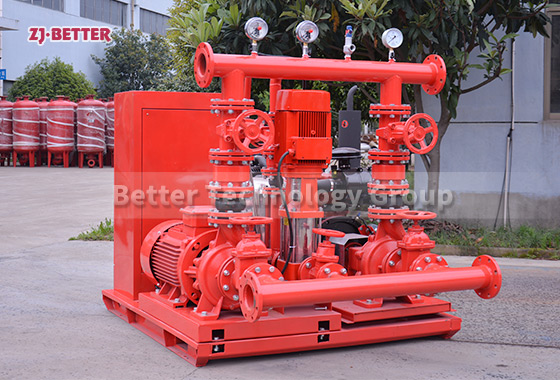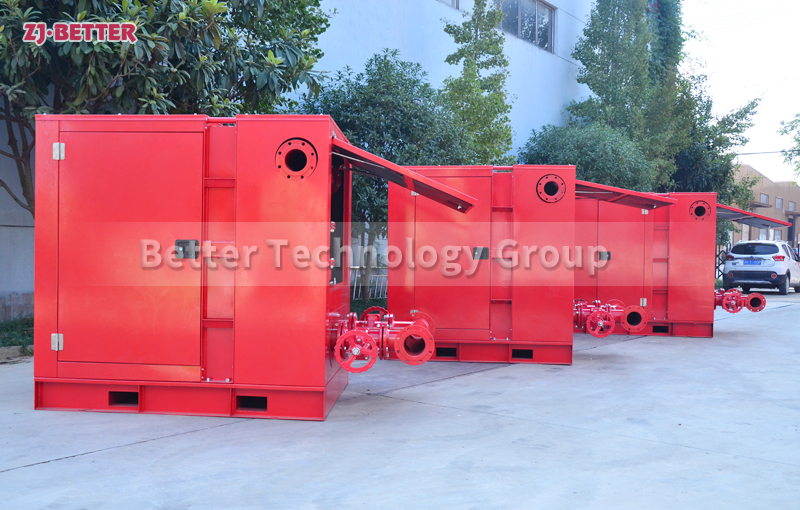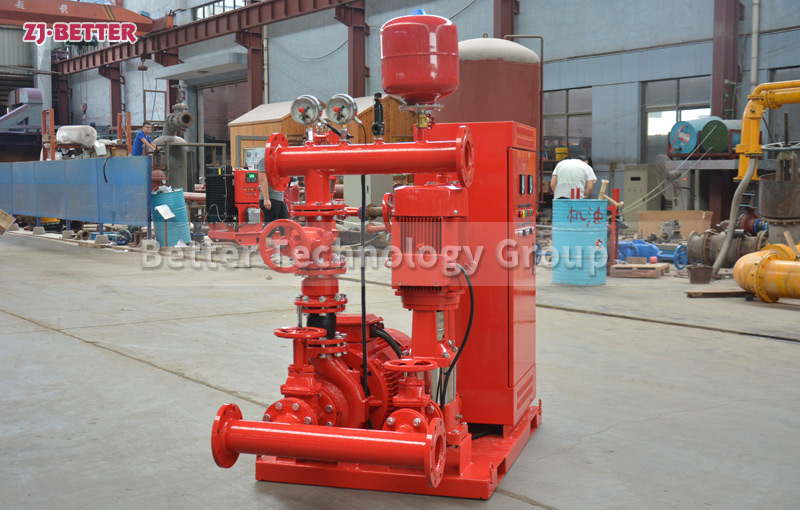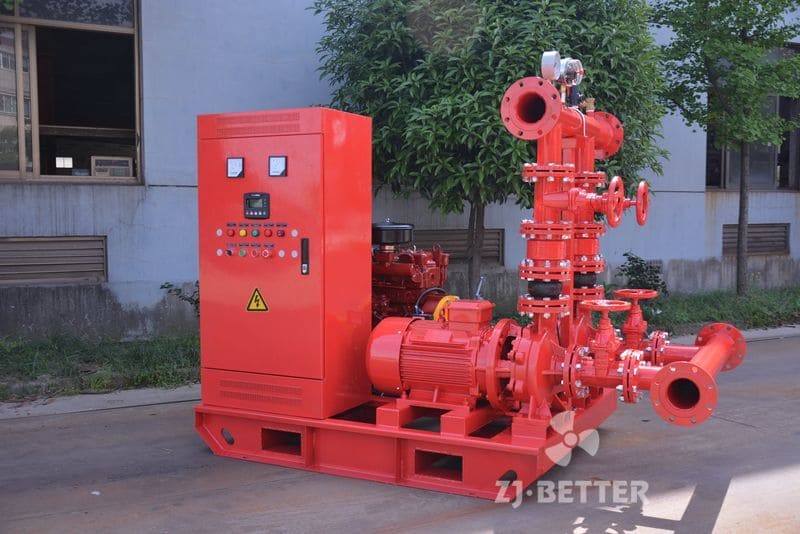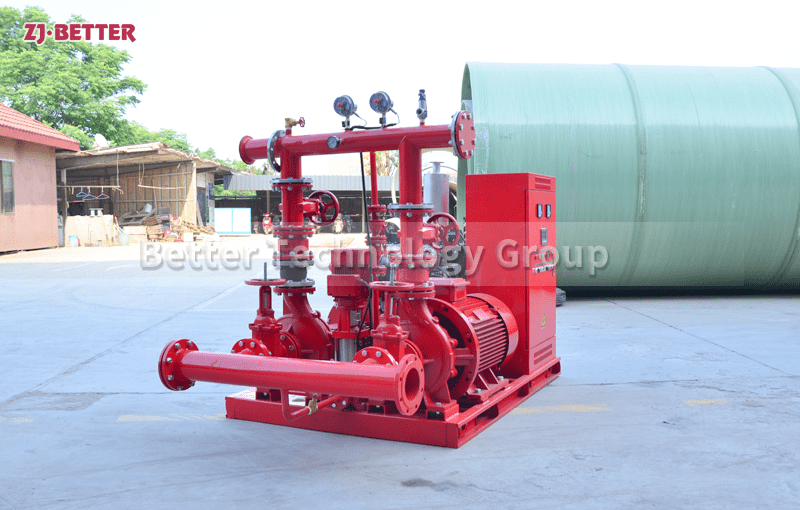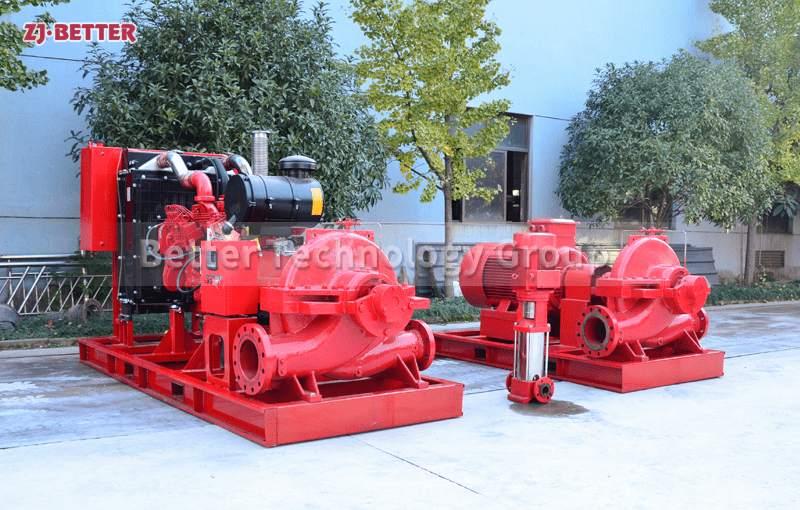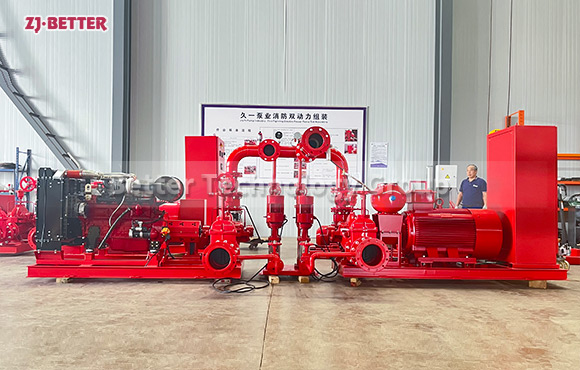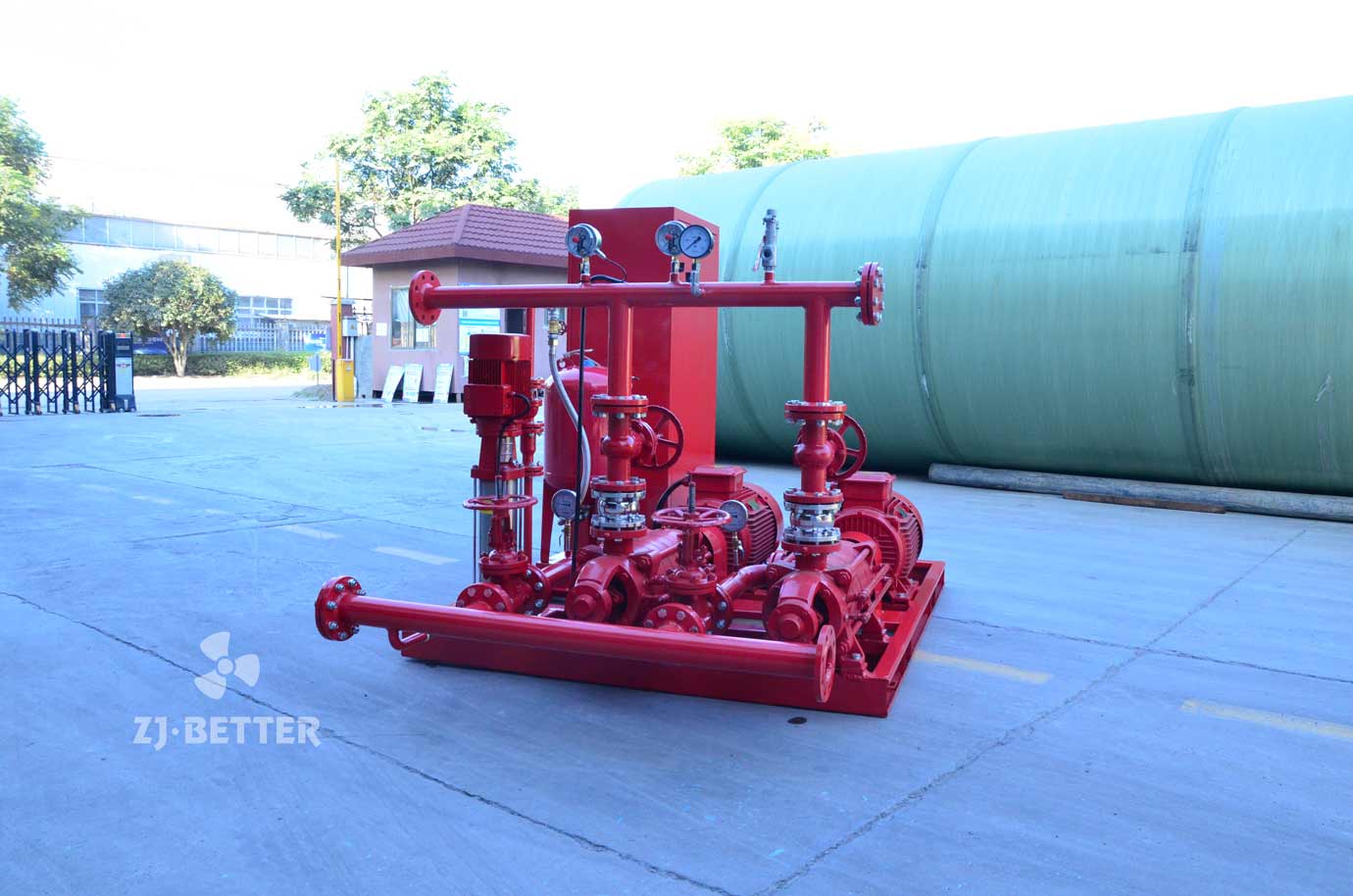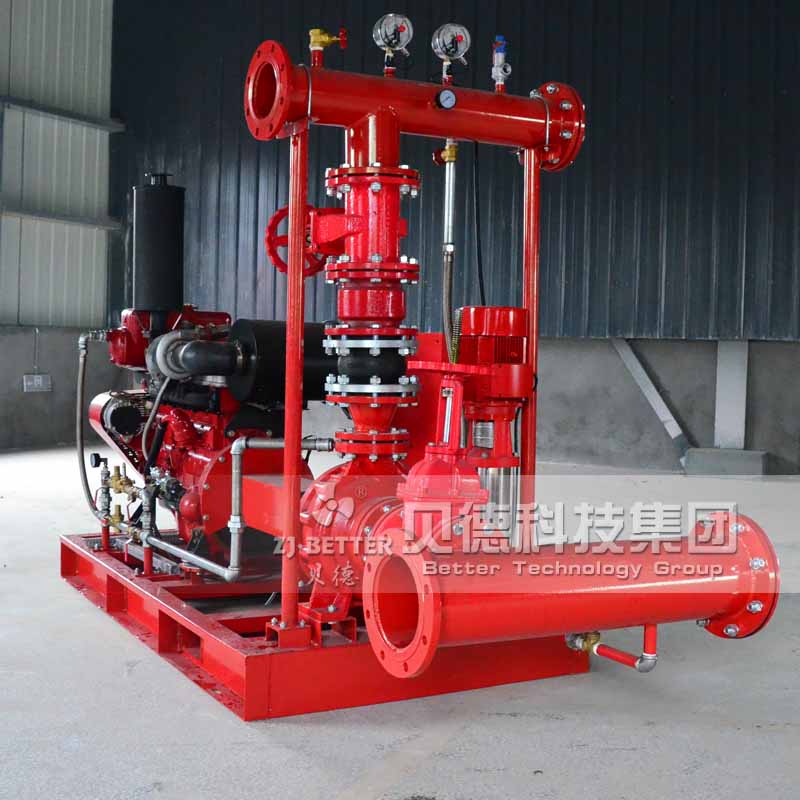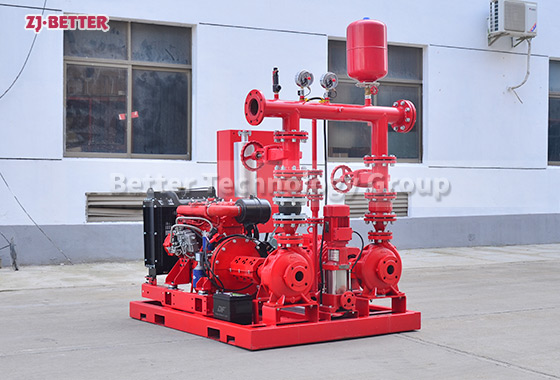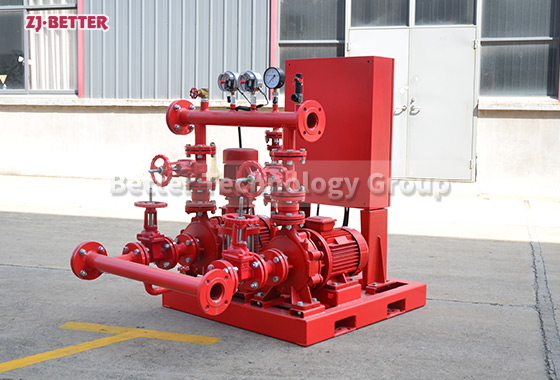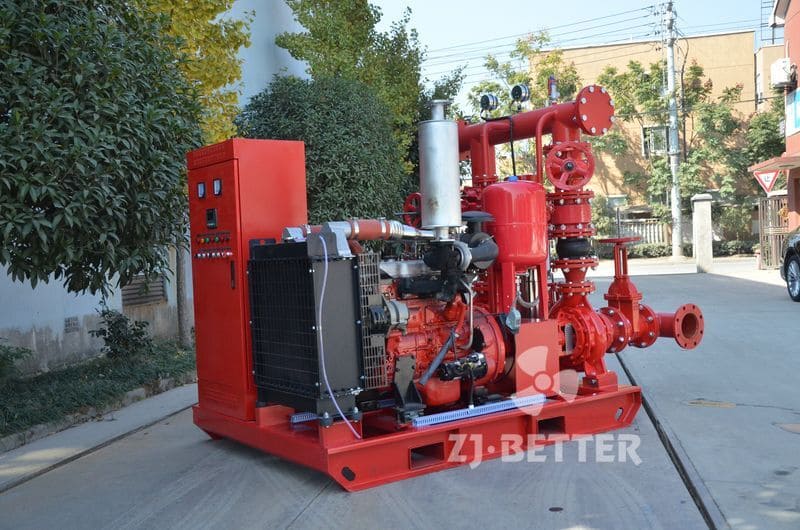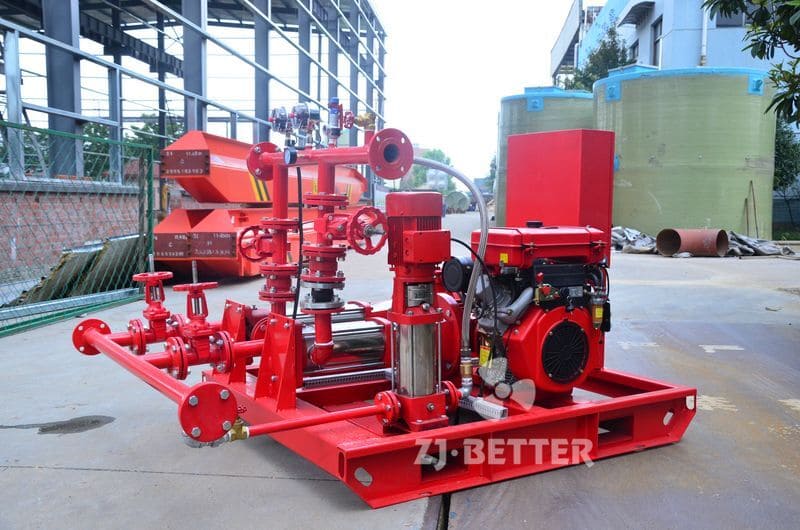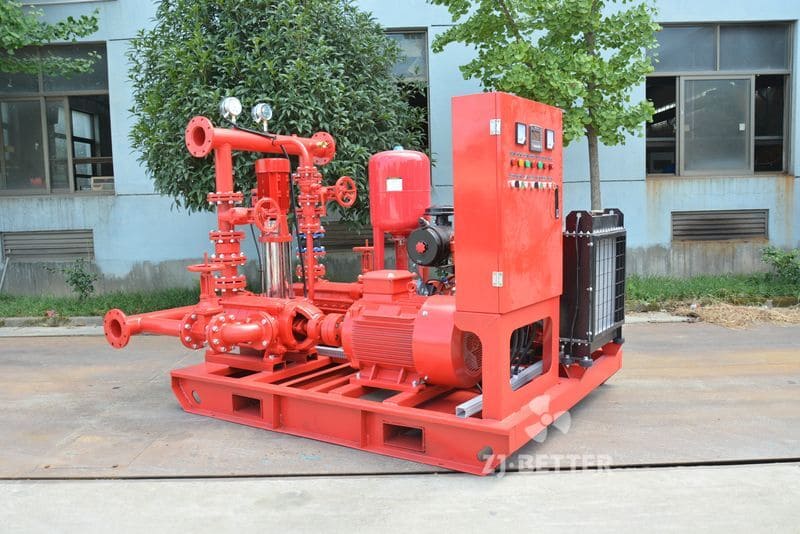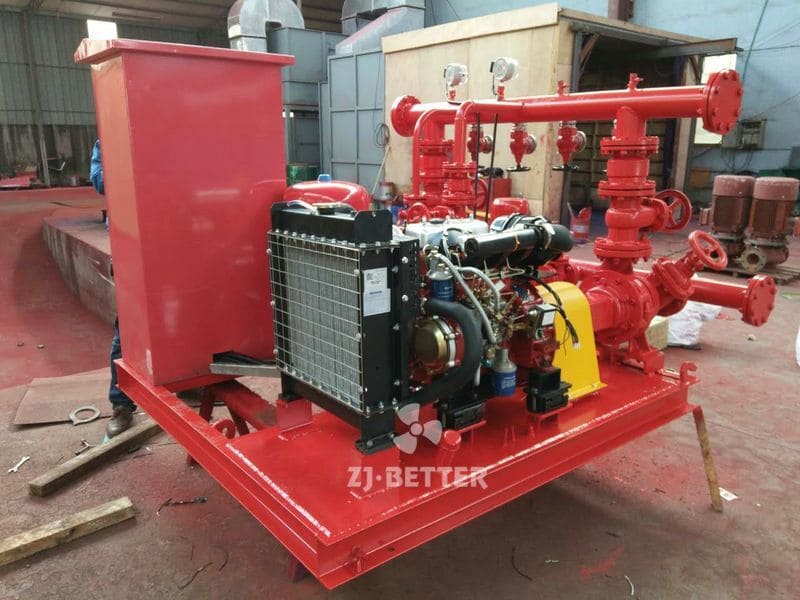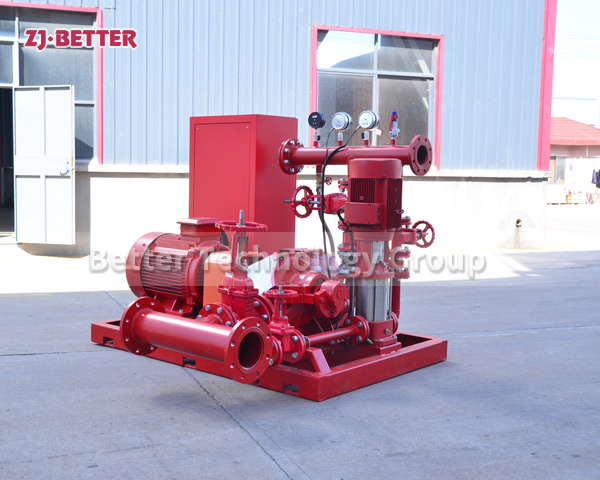Home » Fire Pump Set » Fire Pump Room Design: Key Considerations for Safety and Efficiency
Fire Pump Room Design: Key Considerations for Safety and Efficiency
Fire pump room design is vital for system functionality, accessibility, and safety. This article delves into the key considerations when designing a fire pump room, such as space requirements, ventilation, and fire suppression. It emphasizes the importance of a well-designed pump room to ensure optimal pump performance and personnel safety.
Contact US
Get Price
Share:
Content
Fire pump room design is vital for system functionality, accessibility, and safety. This article delves into the key considerations when designing a fire pump room, such as space requirements, ventilation, and fire suppression. It emphasizes the importance of a well-designed pump room to ensure optimal pump performance and personnel safety.
Inquiry
More Fire Pump Set

